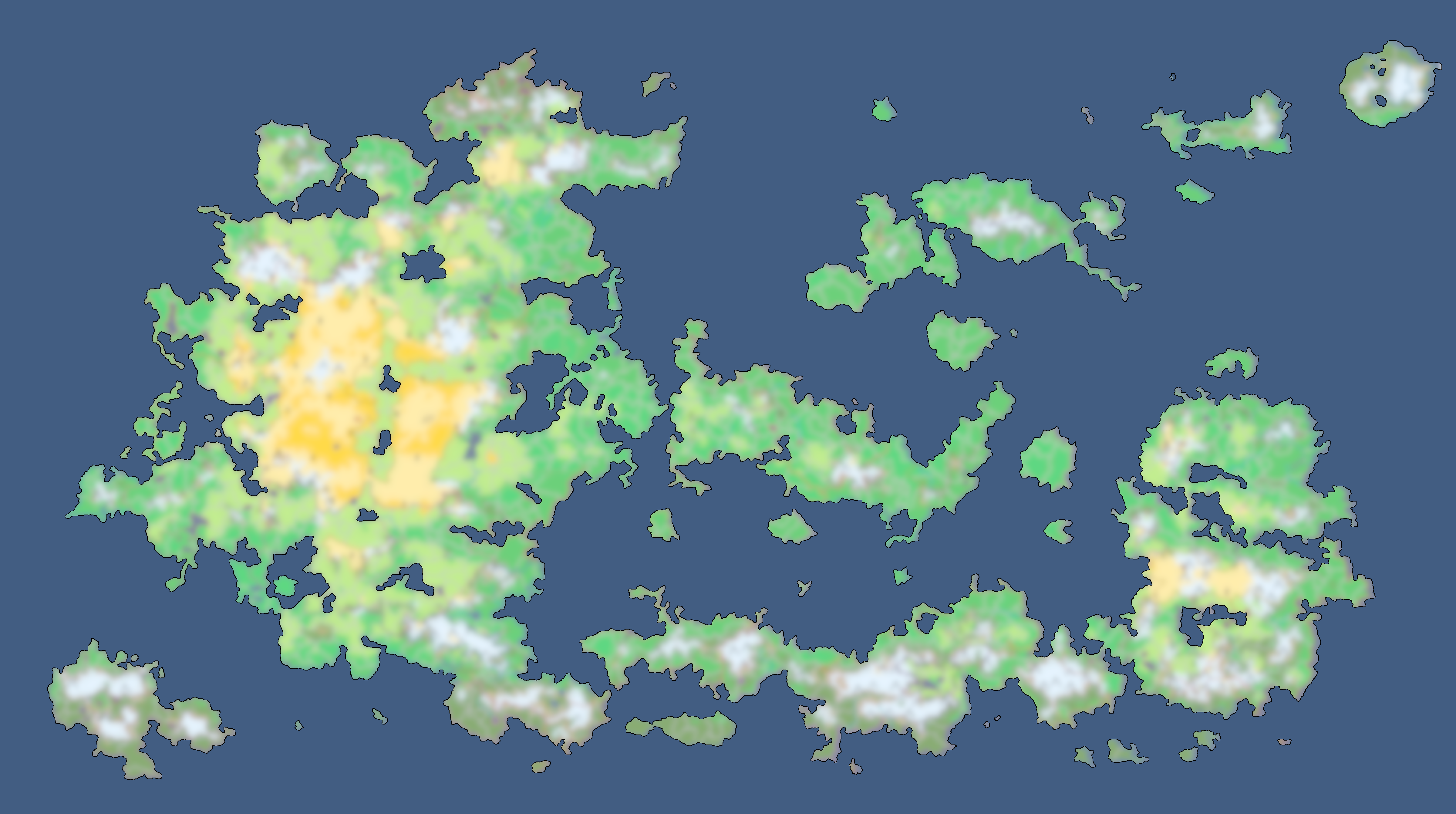Eos
| Guinevere's Planet (Eos) | |
|---|---|
  | |
| Astrographical Information | |
| System | Alpha Sol |
| Moons | None |
| Rings | None |
| Orbital Position | 8th |
| Rotation Period | 24 hours |
| Orbital Period | 2,126 days (5.82 years) |
| Distance from Yata | Varies - 2 to 8 AU |
| Galaxy | Milky Way |
| Rim | Center |
| Quadrant | Alpha |
| Grid Coordinate | N19 |
| Physical Information | |
| Class | ??? |
| Diameter | 38,826km |
| Atmosphere | Breathable |
| Climate | Varied |
| Primary Terrain | Varied |
| Surface Water | 66% |
| Average Surface Temperature (°C) | 13C |
| Flora | Various |
| Fauna | Various |
| Societal Information | |
| Demonym | Eosite |
| Native Species | Debated |
| Immigrated Species | Debated |
| World Languages | English, Russian, Tritonian, French, Chinese |
| Population | Unknown 142 billion (TERAPRO estimate) |
| Notable Nations | Unknown |
| Affiliation | None Guinevere (dubious) |
Guinevere's Planet, officially designated as Eos, is a habitable, terrestrial super-Earth that appeared during the Eos Incident in the year 408 CE in the Alpha Sol system between the asteroid belt and Jupiter. It was created by Guinevere, a god-like entity who is the manifestation of ten-thousand deceased Kaphi that were sacrificed to build the Flavros Project, which fueled her innate desire to raise the dead. This is what caused the Eos Incident - the arrival of a new planet, the destabilisation of the Realm of the Forgotten and the rebirth of what is estimated to be 142 billion deceased individuals.
The planet is a super-Earth, meaning it is a Yata or Theia-like planet that is much more massive. It is exactly three-times wider (by diameter), and as a result it has a nearly ten-times bigger surface area and twenty-seven times the volume and (projected mass.) It is understood that Eos is of intelligent design, and since the planet has been detected to have similar mass and gravity to Theia, it is assumed that the planet is hollow as this phenomenon cannot be explained by density alone (which would make it much less denser than Saturn, a gas giant.) The dramatic difference in surface area means the planet is much more well equipped for significantly higher populations, meaning that if population projections are correct, Eos should be under, or near to, its maximum population capacity (see: Malthusianism).